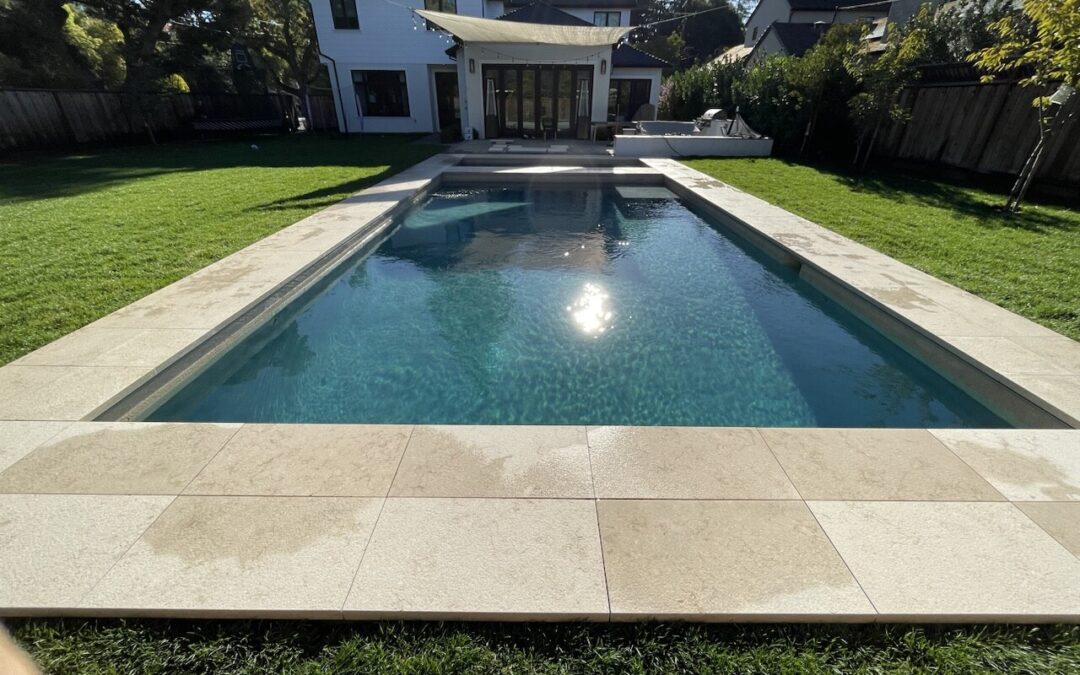As the weather warms up and we head into the summer season, let’s make a pledge to prioritize safe and enjoyable water memories for everyone! Water safety is crucial, and it’s up to us to ensure that our loved ones, especially children and pets, are protected from water-related accidents.
Supervision is paramount. Always keep a watchful eye on children and pets near water. Accidents can happen in the blink of an eye, so constant vigilance is key to preventing tragedies. Even if children are competent swimmers, they should never be left unattended near water. Designate a responsible adult to actively supervise whenever there is water involved, whether it’s a pool, bathtub, or natural body of water. Remember, drowning can occur silently and quickly, making it imperative to remain attentive at all times.
Learning CPR and basic water rescue techniques can make a critical difference in emergency situations. Being prepared to act swiftly and effectively can save lives. CPR certification courses are widely available and typically cover techniques for both adults and children, as well as how to respond to drowning incidents. Additionally, basic water rescue skills, such as reaching with a pole or throwing a flotation device, can aid in rescuing someone in distress without putting oneself in danger.
Installing fencing around pools and spas is a proactive measure to prevent accidental entry, especially when there are children around. A secure barrier adds an extra layer of protection and peace of mind. Fencing should completely enclose the pool area and be at least four feet high with self-closing and self-latching gates. Consider installing alarms on gates or doors leading to the pool area for added security.
Pool drains pose another serious safety risk that I see homeowners overlook. The Virginia Graeme Baker Pool and Spa Safety Act requires anti-entrapment drain covers on all pools, and for good reason. Single drains can create powerful suction that traps swimmers underwater. I always recommend installing multiple drains and emergency vacuum release systems during construction or renovation. These safety features might add to your initial investment, but they prevent devastating entrapment accidents. Regularly inspect the fencing for any damage or wear and tear, and repair or replace as needed to maintain its effectiveness in conjunction with pool construction.
Utilizing life jackets and flotation devices, particularly for young children and weak swimmers, ensures an added level of safety in and around the water. These devices provide buoyancy and support, reducing the risk of accidents. When selecting life jackets, ensure they are U.S. Coast Guard-approved and properly fitted for each individual. Different age groups require specific supervision approaches that I recommend to all my clients. Children under 4 need constant touch supervision, meaning an adult stays within arm’s reach at all times. Kids aged 4 to 5 should have close supervision within arm’s reach, while older children still need active watching. The American Academy of Pediatrics suggests formal swimming lessons typically begin around age 4, though each child develops differently.
Encourage everyone, regardless of swimming ability, to wear a life jacket when boating, participating in water sports, or swimming in open water where conditions may be unpredictable.
Being mindful of water conditions and weather forecasts is essential for safe swimming or boating experiences. Unpredictable weather and changing water conditions can pose risks, so always err on the side of caution. Check weather forecasts before heading out for any water-related activities and be aware of local water conditions, such as currents, tides, and water temperature. Avoid swimming in rough conditions or during severe weather warnings, and always adhere to any posted warnings or advisories at beaches or swimming areas.
Proper pool chemical management plays a major role in water safety beyond just keeping the water clean. Store all pool chemicals in a locked, dry area away from children and never mix different chemicals together, as this can create dangerous toxic gases. Maintaining pH levels between 7.2 and 7.6 and chlorine levels between 1.0 and 3.0 ppm creates safe swimming conditions. Test your water regularly and adjust chemicals gradually, allowing time for proper circulation before retesting.
Taking swimming lessons and water safety classes not only enhances skills but also builds confidence in and around water environments. Education empowers individuals to make informed decisions and respond effectively in water-related emergencies. Many community centers, YMCAs, and private swim schools offer lessons for people of all ages and skill levels. In addition to learning proper swimming techniques, participants often receive instruction on water safety practices, including how to recognize and respond to potential hazards during pool plastering and pool renovation.
Ensuring that water alarms and gates are working properly is a simple yet effective way to maintain safety standards. These mechanisms serve as early warning systems, alerting us to potential dangers and giving us precious time to respond appropriately. Test water alarms regularly to ensure they are functioning correctly, and replace batteries as needed. Keep gates and latches well-maintained and free from obstructions to ensure they close and latch securely every time. Regular maintenance and inspection of these safety features can help prevent accidents and provide peace of mind for pool owners.
When it comes to constructing or renovating your pool with safety as a top priority, trust Royal Pools. With our expertise and commitment to excellence in pool construction, pool plastering, and pool renovation, we’ll ensure that your pool is not only beautiful but also meets the highest safety standards. Contact us today to create a water-safe oasis for your family to enjoy all summer long!

